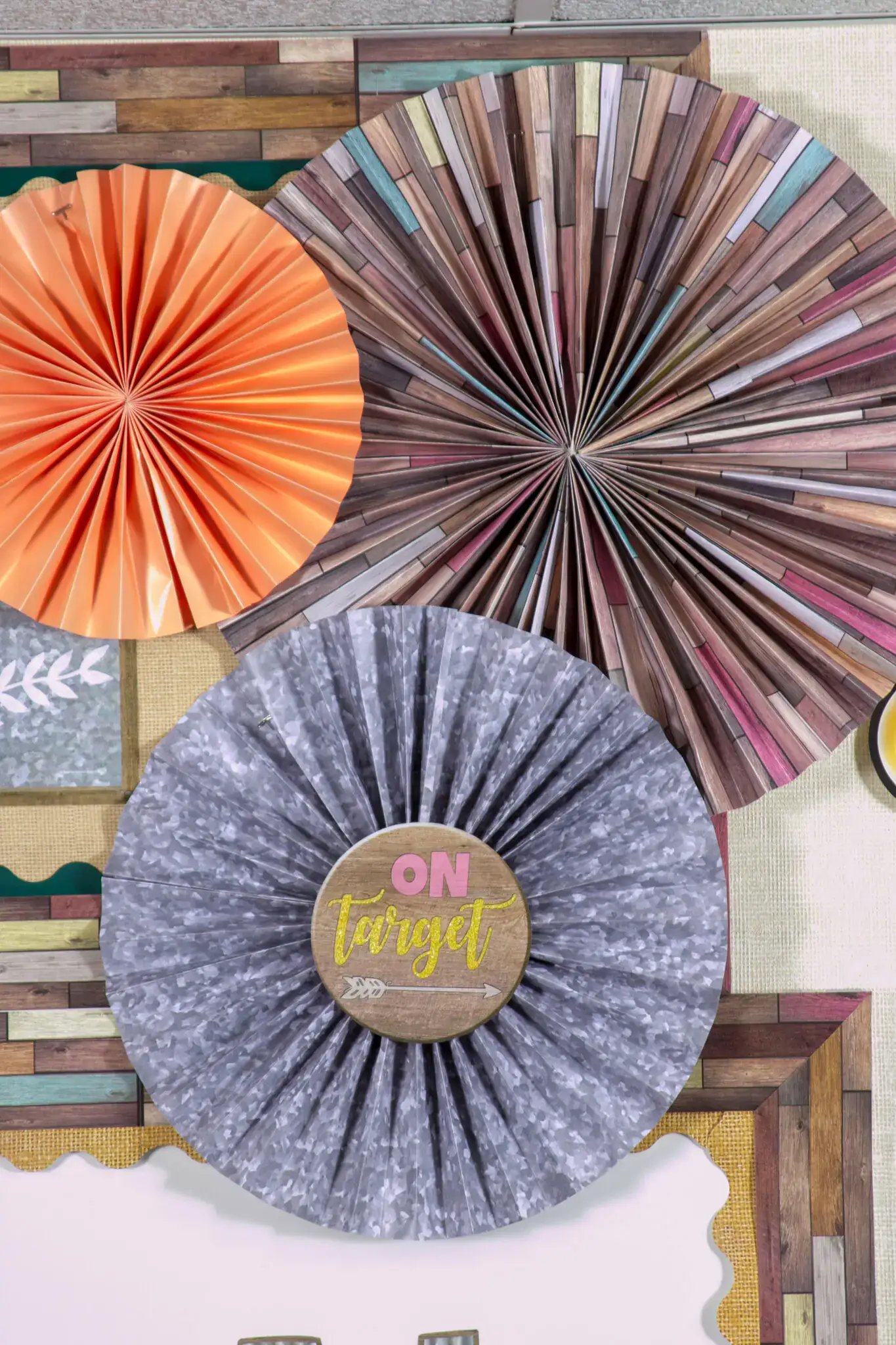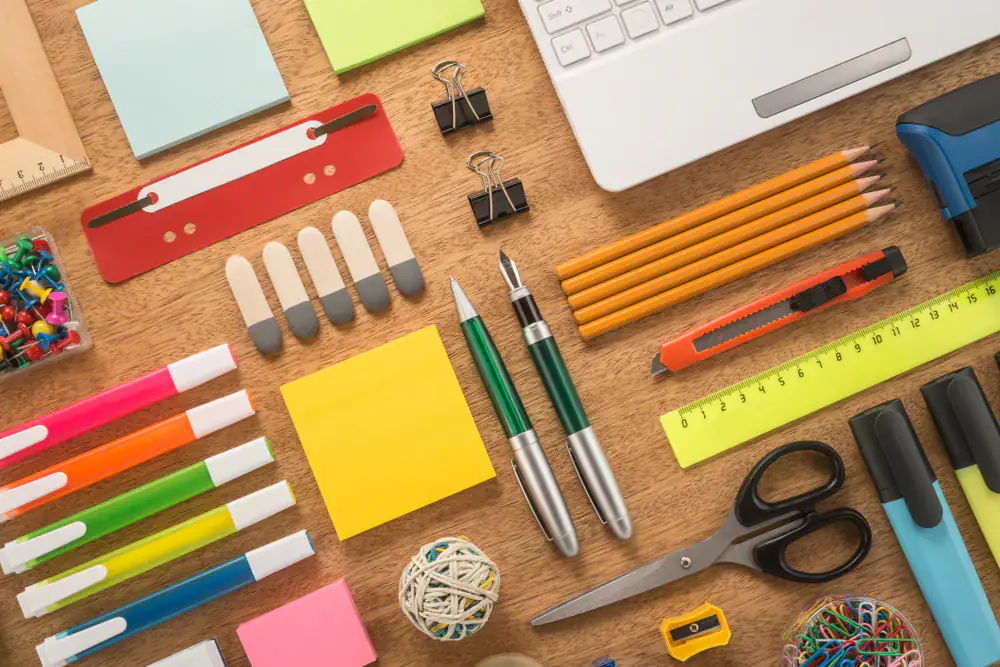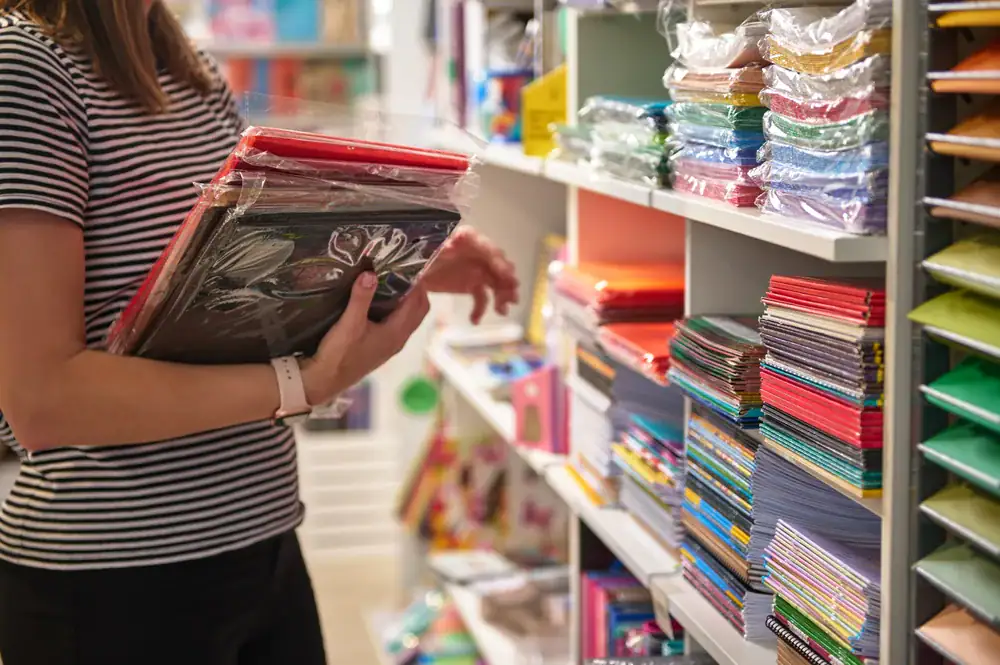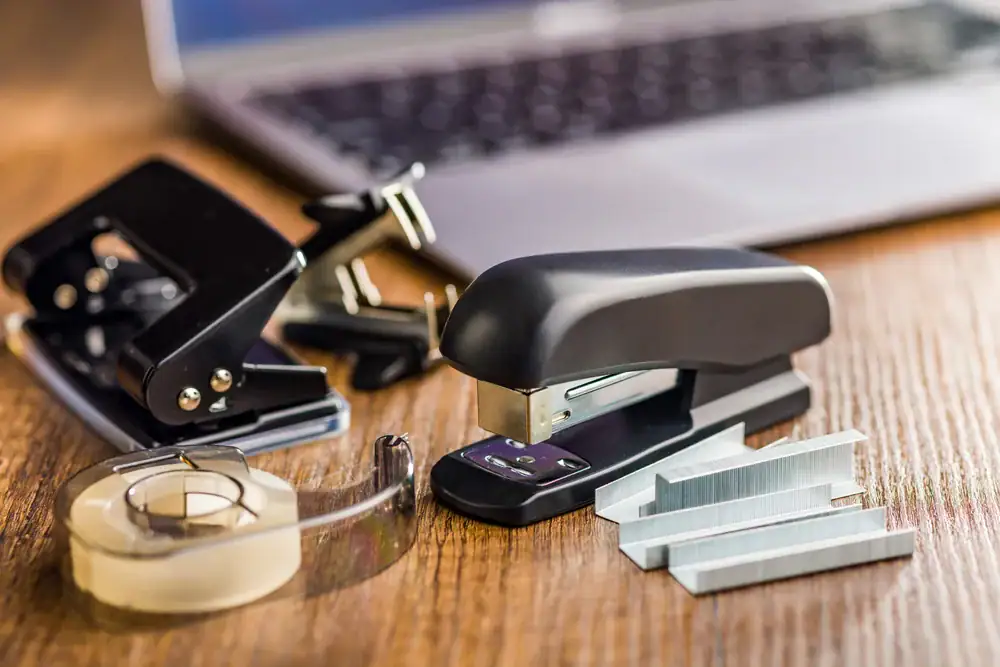Summary:
Minimalist Classroom Design: Less Clutter, More Learning
In 2025, more teachers are embracing a minimalist classroom aesthetic, swapping cluttered walls and jam-packed displays for intentional, functional decor that brings both beauty and purpose to their space. This isn’t about having an empty room—it’s about choosing every element with purpose.
Minimalist classrooms reduce visual overwhelm for students, especially those with attention challenges or sensory sensitivities. When you remove the visual noise, students can focus better on what matters most: learning. This approach also saves you money since you’re buying fewer items, but choosing higher-quality pieces that serve multiple purposes.
Creating Calm Learning Spaces with Intentional Design
The minimalist approach works because it mirrors what students need most: clarity and calm. Start by clearing one wall completely, then add back only essential elements like your daily schedule, learning objectives, and one inspirational quote. This creates a visual “breathing room” that helps anxious students feel more settled.
Choose neutral colors as your base—soft whites, warm grays, or gentle beiges. These colors don’t compete with your teaching materials and create a timeless backdrop that won’t feel dated next year. When you do add color, make it intentional. One accent wall in a calming sage green or soft blue can transform the entire feel of your space.
Storage becomes crucial in minimalist design. Invest in matching bins and baskets that hide clutter while keeping supplies accessible. Storage bins, file folders, labels, and teacher resources like lesson plan books and grade books become part of your design when they coordinate with your color scheme. This approach saves time during cleanup and helps students know exactly where everything belongs.
Budget-Friendly Minimalist Classroom Essentials
The minimalist approach works because it mirrors what students need most: clarity and calm. Start by clearing one wall completely, then add back only essential elements like your daily schedule, learning objectives, and one inspirational quote. This creates a visual “breathing room” that helps anxious students feel more settled.
Choose neutral colors as your base—soft whites, warm grays, or gentle beiges. These colors don’t compete with your teaching materials and create a timeless backdrop that won’t feel dated next year. When you do add color, make it intentional. One accent wall in a calming sage green or soft blue can transform the entire feel of your space.
Storage becomes crucial in minimalist design. Invest in matching bins and baskets that hide clutter while keeping supplies accessible. Storage bins, file folders, labels, and teacher resources like lesson plan books and grade books become part of your design when they coordinate with your color scheme. This approach saves time during cleanup and helps students know exactly where everything belongs.
Natural Elements and Biophilic Design in Classrooms
Natural elements bring a sense of calm, with earthy tones, natural fibers and botanical touches making classrooms feel like indoor oases, grounding students and getting them ready to learn. This trend, called biophilic design, recognizes that humans have an innate connection to nature that supports well-being and learning.
Adding natural elements doesn’t require a complete classroom overhaul. Simple changes like incorporating plants, natural wood accents, or nature-inspired colors can transform your space. Students respond positively to these elements, often showing improved focus and reduced stress levels.
Incorporating Plants and Natural Materials
Plants are the easiest way to bring nature indoors, but choose varieties that thrive in classroom conditions. Snake plants, pothos, and spider plants are nearly indestructible and can handle inconsistent watering schedules. They also improve air quality, which benefits everyone in your classroom.
If live plants feel overwhelming, consider high-quality artificial options. Modern artificial plants look remarkably realistic and require no maintenance. Place them in natural materials like woven baskets or wooden planters to enhance the organic feel. Students often can’t tell the difference, and you get all the visual benefits without the care requirements.
Natural materials add warmth and texture to your space. Wooden crates for storage, woven baskets for supplies, and jute rugs create an earthy foundation. These materials age beautifully and develop character over time, unlike plastic alternatives that can look worn quickly. Classroom furniture like desks, chairs, storage units, and arts and crafts supplies including natural materials can support this aesthetic while serving practical purposes.
Consider creating a nature corner where students can observe seasonal changes through collected leaves, pinecones, or rocks. This serves as both décor and a learning tool, connecting your classroom to the natural world outside.
Earth Tones and Natural Color Palettes
Soft browns and greens throughout the classroom make your space feel like a little indoor oasis, grounding students and getting them ready to learn. These colors create a calming foundation that works with any teaching style or subject area.
Start with warm neutrals like cream, beige, or soft gray as your base colors. These shades make small spaces feel larger and provide a calming backdrop for learning activities. Add depth with natural accent colors: forest green, warm brown, or soft terracotta. These colors are sophisticated enough to appeal to older students while remaining gentle enough for younger learners.
Natural color palettes work especially well because they’re timeless. Unlike trendy bright colors that might feel dated quickly, earth tones create a classic look that ages well. This saves money in the long run since you won’t feel pressure to redecorate frequently. Your classroom supplies and student work will pop against these neutral backgrounds, creating natural focal points.
Consider how lighting affects your color choices. Natural earth tones look beautiful in both natural and artificial light, making your classroom feel consistent throughout the day. Classroom decorations including bulletin board sets, posters, and curriculum resources can incorporate these natural colors to create a cohesive look that supports learning rather than distracting from it.
Creating Your Dream Classroom with 2025's Top Trends
The best classroom décor trends for 2025 focus on creating spaces that truly support learning while respecting your budget and time. Whether you choose minimalist design, natural elements, or a combination of both, remember that the most important element is intentionality. Every choice should serve your students’ needs first.
By prioritizing social-emotional learning, celebrating diversity, incorporating nature, nurturing creativity and adding thoughtful color, your classroom will resonate with your students all year long. The trends that work best are those that reduce your stress while increasing student engagement—exactly what every teacher needs.
Ready to transform your classroom with these inspiring trends? We at School & Office Annex have been supporting Pierce County teachers since 1990 with quality supplies and local expertise to help you create the learning environment your students deserve.





